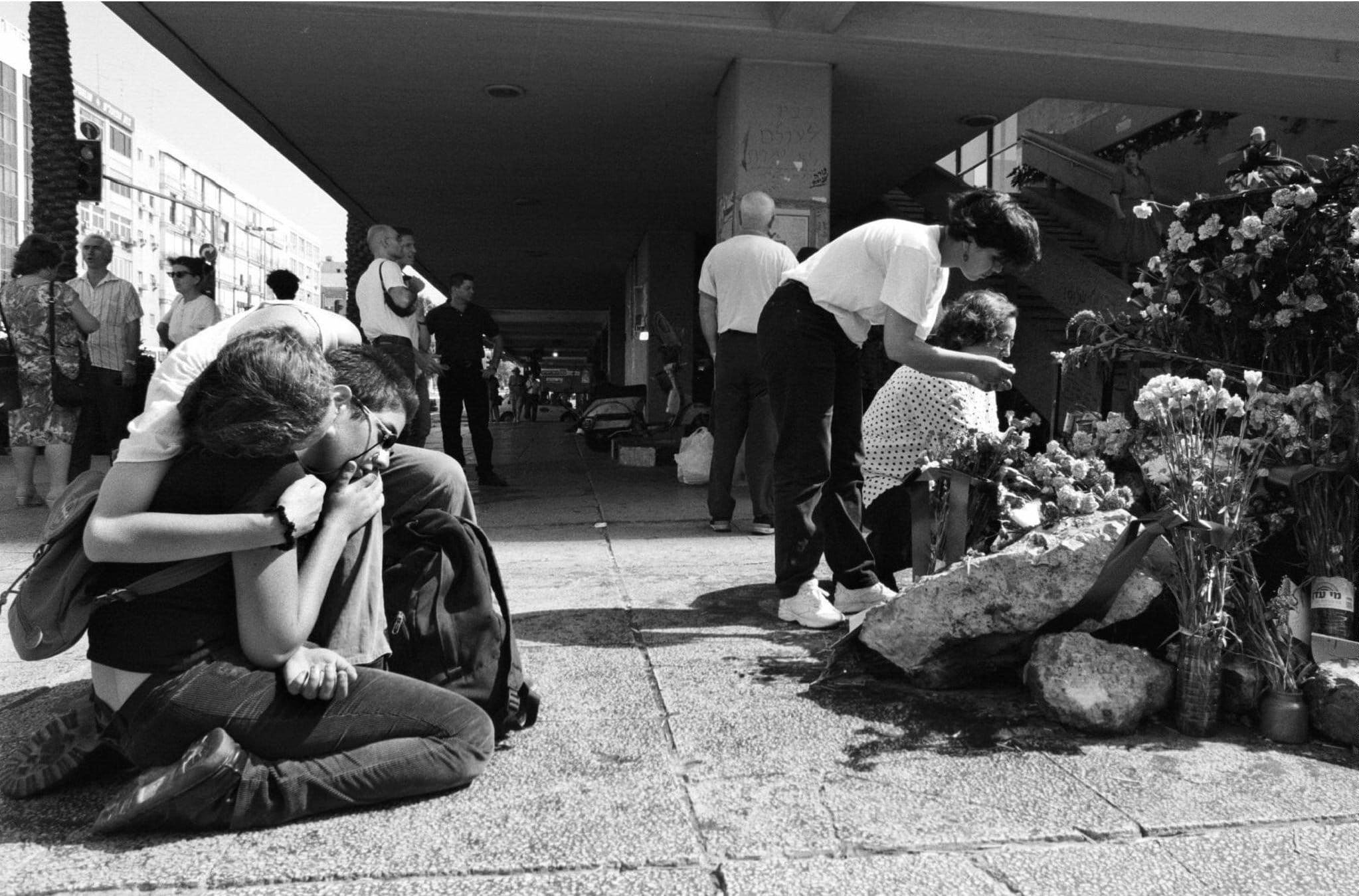While many photographers manage to take great individual photographs, creating a complete story with images is a little more difficult. Still, you don’t need to be a graphic reporter or photo documentary filmmaker to accomplish this feat. Can you create a story with the photographs you take every day, whether landscapes, animals, people?
That said, we’ll give you some tips for telling better stories through photography.
- This is very important.
- Especially if you are working on documents or trips.
- Almost everything in the world has already been photographed today.
- But it is still possible to find new angles and amazing views.
So, instead of trying to make a very obvious and extensive photographic report, like ”Paris is very beautiful in spring’, for example, try to record a story from a new angle and a new perspective, not only photographic, but something strong, amazing It is unforgettable.
Once you have an idea, you have to make it happen. Going back to our example of Paris, you won’t want to waste time trying to find the best places to go when you arrive when all this can be done in advance.
The Internet is a great search tool. You’ll be able to contact characters online before photographing them, which will make everything much easier when you arrive on stage to photograph a story through photos.
The most important thing is that you can also check what type of images have already been taken before the subject you have chosen to photograph; can inspire or motivate you to do something different.
Each photo story is different and depends on your gender, but for travel and documentary photography, you often have to move quickly to maintain the action. So, some quick approaches?are useful because you don’t need to change the camera lens frequently. A 24-70mm f/2. 8 lens is an excellent working photographic equipment, especially if you have a vibration reduction mechanism for best results. Meanwhile, a 70-200 mm, or 300 mm, is ideal for remote work and for isolating details, such as faces in a crowd. An 85mm quick lens is also ideal for portraits. It is also useful to wear a tripod during the trip; when photographing big events, for example, a long-exposure photo that “stains”?people can give a great sense of movement to history.
If you’re involved in creating photo stories, you need to be focused. Don’t try to combine the photo shoot with visitors, everyone may be frustrated. Instead, take some time to work with photography and make sure you’re realistic about how long it will take to get the perfect photo story.
While professionals have to work under intense pressure, it can work with a little more calm if kept organized.
Unless you want to be artistic and elliptical, a simple linear narrative should work well. Therefore, consider establishing poses that define the story and scene, the main body of the story, and then a conclusion. Don’t forget the details, because you can say a lot.
One of the world’s greatest photographers was a master of special ice moments: Cartier-Bresson. And is it with him that expression?gained strength in the world of photography. Be prepared to take multiple photos, search for important characters with interesting faces and always be ready to freeze any sudden and important action.
It is also important to create a sense of belonging. Record items that clearly indicate where the story you recorded takes place.

